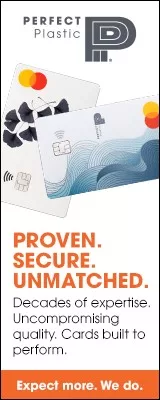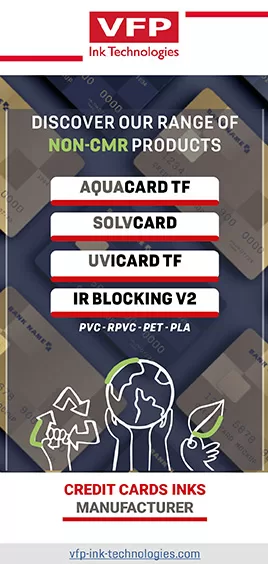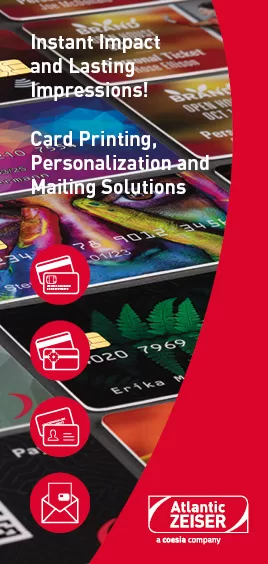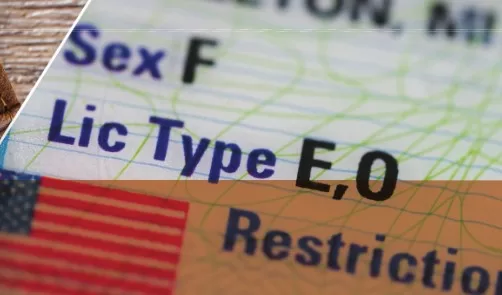
by Jennifer Kohlhepp | CM Magazine Featured
ANSI/INCITS Standards Update
By Dave Tushie, Magellan Consulting, Inc., ICMA Standards and Technical Representative
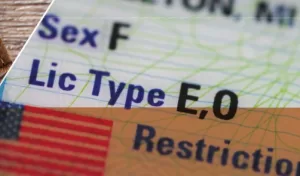
In the last issue of Card Manufacturing, I gave an update on the current activities in International (ISO) Card Standards. In this issue I will provide an update on the significant activities occurring in the American (INCITS) Card Standards groups, some of which overlaps with the ISO working groups.
Two major initiatives in card durability have consumed the Test Cards committee. INCITS 322, the American test method standard, and INCITS 440, the specification standard, have had significant revision since last published in 2015. A major change in the proposed revision of INCITS 440 is the reduction from nine durability categories in the published 2015 version to three categories in the proposed revision. This reduces the granularity between categories as well as the unneeded complexity in the published version of this standard.
Another significant change was proposed to reduce the card flexure cycles (D9) from 76,100 cycles to 50,000 cycles (axis A) and from 38,000 cycles to 30,000 (axis B) in the new revision of INCITS 440 for the D3 (longest card life) category. This proposal results from two related facts of card bodies manufactured with polycarbonate material. First, these cards have been successfully used in long-lived card applications like driver’s licenses, for 5-, 7- and 10-year expirations with minimal field failures. Secondly, extensive card flexure testing shows that they cannot achieve the current published (2015) requirements of 76,100 and 38,000 cycles. Consequently, the committee had previously decided to modify the standard as indicated above to the reduced number of cycles to accommodate these realities of polycarbonate cards.
The next step to getting these revised standards to publication is a Public Review whereby comments are received for consideration and resolution before finalizing the revised standards for publication. It is probably a year-long effort to their resultant publication, dependent on the extent of public comments and their resolution.
While the committee voted to approve moving INCITS 322 for Public Review, two attempts to do so for INCITS 440 have failed. Many on the committee are uncomfortable reducing flexure cycles in longer lived cards like driver’s licenses, despite field data that shows we should be able to do so. Further information will be sought from AAMVA (North America driver’s license organization) as well as other test data to help assist in finalizing a position on this. Our goal is to reach a majority consensus so that we can move this standard to Public Review also after our next meeting in August. The INCITS 440/322 standards are widely used by the driver’s license community in North America so it is important to obtain this consensus.
Several ICMA members, like myself, are voting members of this committee. In this particular vote, several have voted “yes,” one has voted “no,” several have “abstained” and a few have “not voted.” So, clearly, there is not even consensus within ICMA as to how we should vote. If any ICMA members, that are not voting members of this committee, have strong opinions about how we should be represented on this issue, please let me know.
In other activity, mobile driver’s licenses (mDL) are getting a lot of work. Many jurisdictions in the United States are expected to roll out production of mobile driver’s license implementations in 2024, building on those initiated in 2023. TSA is also testing some of the pilot implementations. Google and Apple have wallet implementations as well as the traditional driver license card manufacturers. A major initiative is in the so-called “Day 2/Over the Internet Protocol” development. This is where most of the recent work has been focused. The first priority in this part of the standard is the use of an mDL to exchange data over the internet.
Smart card (IC) activity continues to progress with both contact and proximity (contactless) technologies. APDU interfaces have been the legacy communication protocol. The committee is looking at moving away from this to a more flexible, object-oriented API technology. They are also working on building blocks for mobile identity management. Defining architecture, API definition, data blocks, interface protocols and application service protocols are included in the various levels currently being discussed for mobile digital identity in the planned scope of work.
With proximity (contactless) cards, the NFC Forum has recently defined its technology roadmap. This is of keen interest to the contactless card working committee and coordination between the two is expected. Dynamic power level management changes for contactless cards have been made. The majority of changes are in step rates for changing between maximum and minimum power conditions.
A variety of issues, as usual, are being discussed and contemplated with these various standards. As always, I invite your comments or questions about these proceedings. I’m particularly keen to get ICMA members input for the upcoming vote on INCITS 440 and its contemplation on reducing card flexure cycles for the highest (new) durability category of D3 for long-life card applications.

